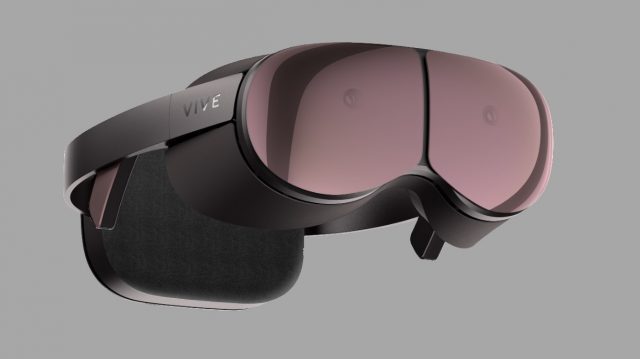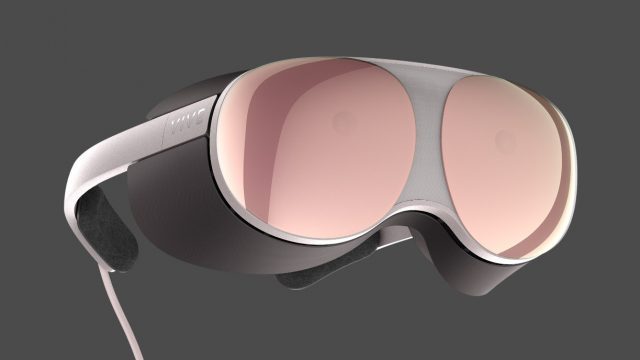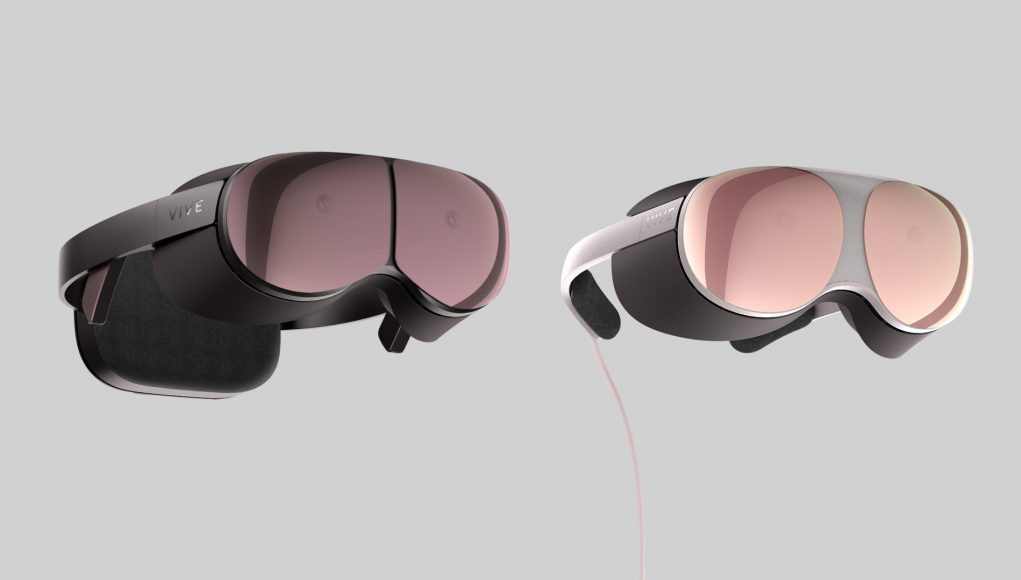As if announcing three new Cosmos headsets wasn’t enough, HTC today also revealed Vive Proton. The company is calling this a “prototype” headset with two different flavors: a standalone VR headset and a ‘VR viewer’ which would be powered by a tethered device like a smartphone.
HTC offered up its first glimpse of Vive Proton today, a new VR headset from the company which aims for a more compact form factor. Few details are being offered at this time and the company is making clear that Proton is still in an early state.
“Project Proton is a prototype of a future a XR glasses-style device from HTC Vive that we hope to hear feedback on from the community as we continue to work on the product,” an HTC spokesperson told Road to VR.
HTC envisions two versions of Proton, a standalone headset which includes its own processing and battery power, and smaller ‘VR viewer’ version which would be powered by a host device like a smartphone or PC.

Last year the company teased that its Cosmos headset would eventually be able to tether to smartphones, but with no news on that feature with today’s Cosmos announcements, it seems like it has shifted that concept to Proton instead.

HTC isn’t offering up any specs or release date details for Proton. From photos provided by the company we can spot cameras hidden under the reflective outer shell which would very likely be used for inside-out tracking and possibly hand-tracking. Granted, only computer renderings have been shown so far and it isn’t clear if there’s an actual working prototype just yet.
Though HTC says Proton is a “glasses-style” device, it’s still much closer in size to goggles than glasses. That said, it definitely looks more compact than contemporary VR headsets, including the company’s own Vive Cosmos. This is likely achieved with ‘pancake’-style optics—similar to what we saw from the compact Pico VR Glasses prototype at CES—which can shorten the distance between the lenses and the display (though potentially at the cost of some field of view).
Speaking of the Pico VR Glasses: we were impressed with the form-factor, but felt that 3DOF tracking simply isn’t going to cut it in 2020. HTC has confirmed to Road to VR that Proton will support 6DOF tracking, so that’s definitely a step in the right direction for this compact form-factor.
It isn’t clear at this stage when HTC will commit to bringing Vive Proton to market or at what price point, though the company’s prior standalone VR headset, Vive Focus, starts at $600. Ostensibly the tethered version of the headset would be cheaper than the standalone version (thanks to lack on-board power and compute).







